Comments
- No comments found
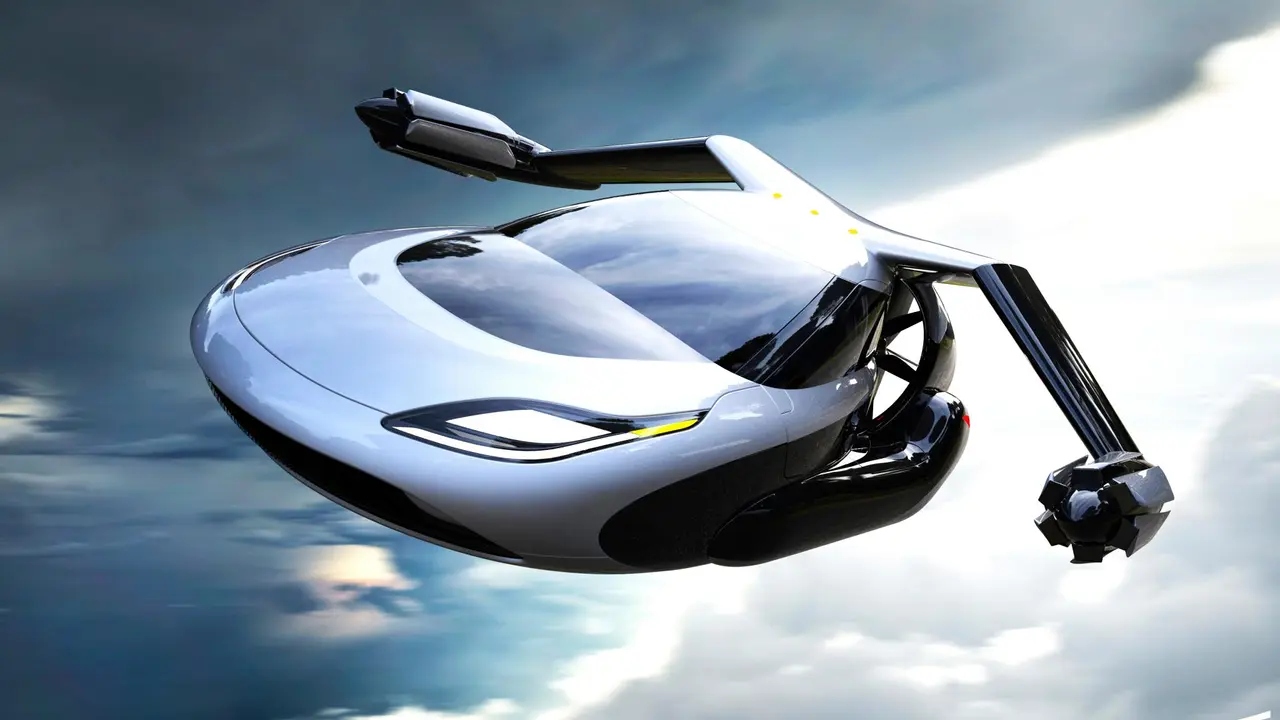
For decades, the idea of flying cars has captured our imagination, presenting a vision of a future where we can soar above traffic and congestion.
Once confined to the realm of science fiction, recent technological advancements have brought us closer to turning this fantasy into a reality. Electric vertical takeoff and landing (eVTOL) vehicles, commonly known as flying cars, have the potential to revolutionize transportation by offering enhanced efficiency, convenience, and accessibility. Recent technological advancements indicate that flying cars are coming soon, they are poised to redefine the way we travel.
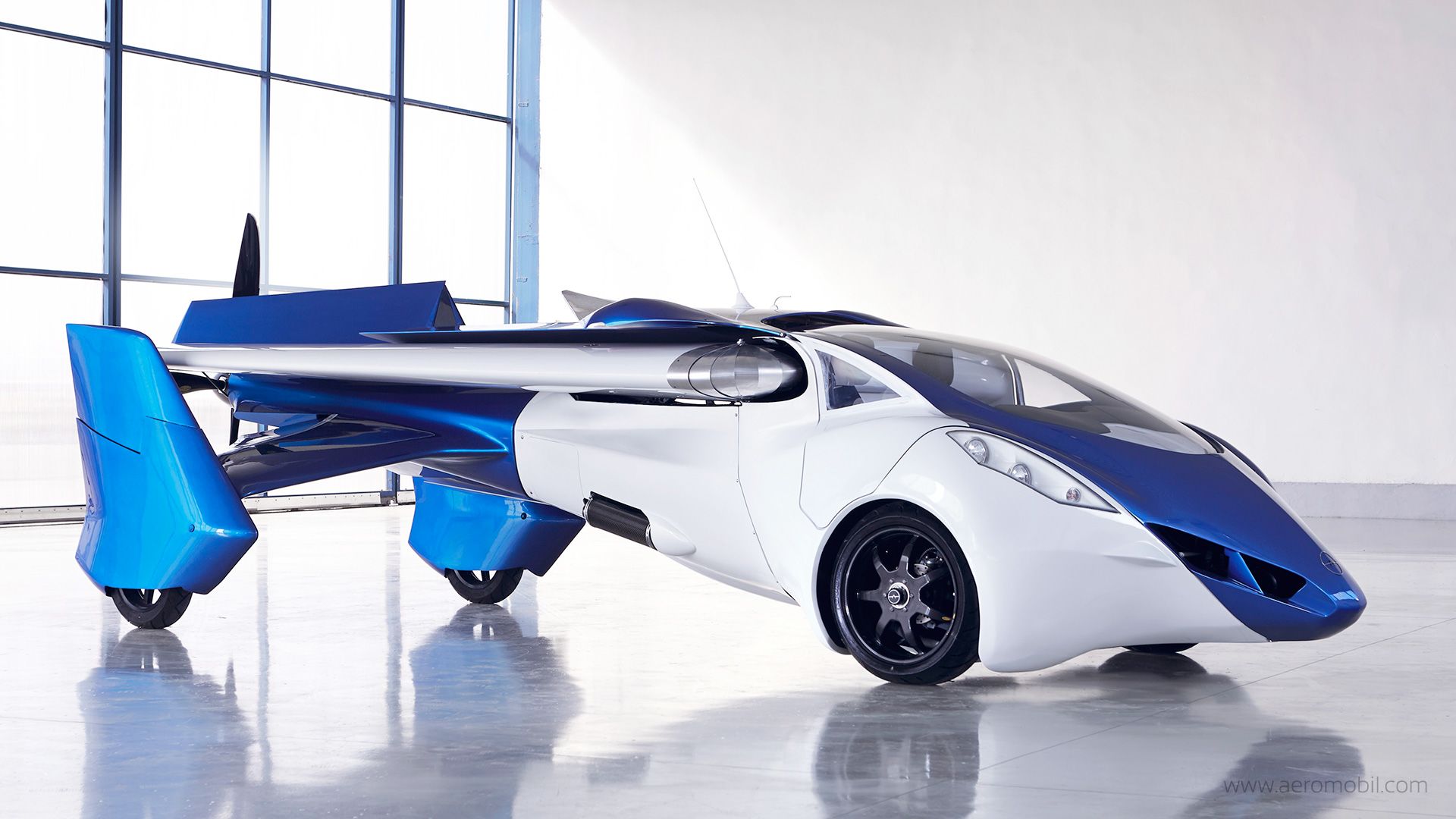
The growing urbanization and population density in cities worldwide have resulted in increasingly congested roads, longer commutes, and heightened frustration. Flying cars hold the promise of alleviating these issues by utilizing airspace, bypassing traffic, and reducing travel times. This could lead to a more efficient transportation system and improved overall mobility for urban dwellers. Imagine a world where traditional traffic jams are a thing of the past; this vision is closer to reality as flying cars are coming soon, bringing a new dimension to urban mobility.
Flying cars have the potential to address accessibility challenges by providing transportation options to areas with limited infrastructure. Remote regions, islands, and disaster-stricken areas could greatly benefit from the ability to fly above ground-based obstacles, connecting previously isolated communities. Bridging the gap between urban and rural areas, flying cars could foster economic development and social integration.
Revolutionizing emergency services is another potential benefit of flying cars. With faster response times and the ability to transport medical supplies, organs for transplantation, and injured individuals to hospitals, these vehicles could play a vital role in critical situations, such as natural disasters or hard-to-reach locations.
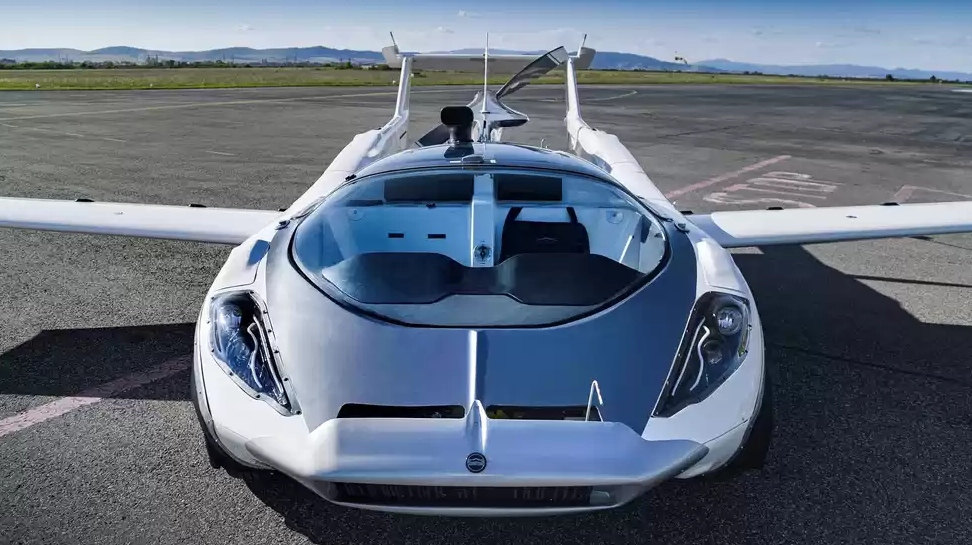
The widespread implementation of flying cars necessitates a comprehensive infrastructure framework. This includes establishing designated landing and takeoff zones, creating charging stations for electric vehicles, designing efficient air traffic management systems, and establishing regulations for safe and efficient operations. Building such infrastructure poses a significant challenge that requires careful planning and coordination.
Ensuring the safety and reliability of flying cars is of utmost importance. New technologies, such as autonomous flight systems, collision avoidance mechanisms, and fail-safe protocols, must be developed and rigorously tested to minimize the risk of accidents and malfunctions. Setting safety standards and certifications will instill public confidence in this emerging mode of transportation.
Introducing flying cars in urban areas raises concerns about managing noise pollution. The sound of numerous flying vehicles could disrupt the tranquility of residential neighborhoods, causing annoyance or discomfort for residents. Efforts must be made to design quieter propulsion systems and establish regulations to minimize noise emissions, ensuring that the benefits of flying cars do not come at the expense of quality of life for those on the ground.
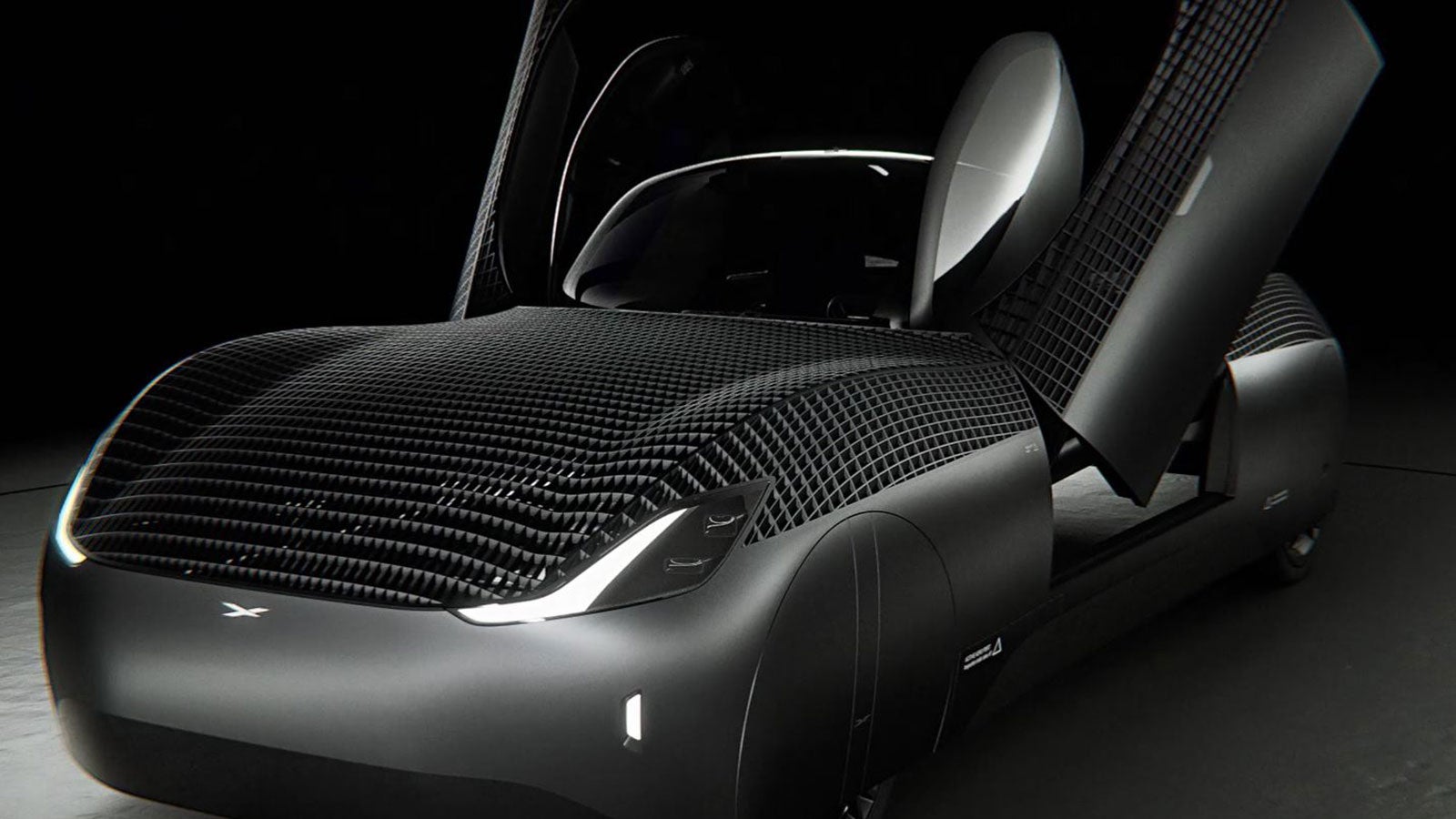
Flying cars offer the potential to significantly reduce commuting times by bypassing congested roads, leading to increased productivity and improved work-life balance for city dwellers. Shortening travel times could also enhance overall quality of life by allowing people to avoid gridlock and traffic congestion. Technological innovation knows no bounds, and the prospect of flying cars coming soon exemplifies the exciting frontier that awaits, transforming our skies into a bustling avenue for efficient travel.
Electric-powered flying cars, when powered by renewable energy sources, could contribute to environmental sustainability. By shifting transportation from ground-based vehicles to the sky, flying cars could help reduce carbon emissions and mitigate the impacts of climate change. This transition to clean energy-powered transportation could improve air quality and contribute to a healthier planet.
The development and deployment of flying cars can stimulate economic growth and create job opportunities. Manufacturing flying cars, building and maintaining the necessary infrastructure, and managing air traffic control systems will all require a skilled workforce. Additionally, new industries and services may emerge around flying car technology, further boosting local economies and fostering innovation. Urban landscapes are on the brink of a revolution, with discussions abuzz about how flying cars are coming soon, promising to alleviate traffic congestion and offer a novel commuting experience.
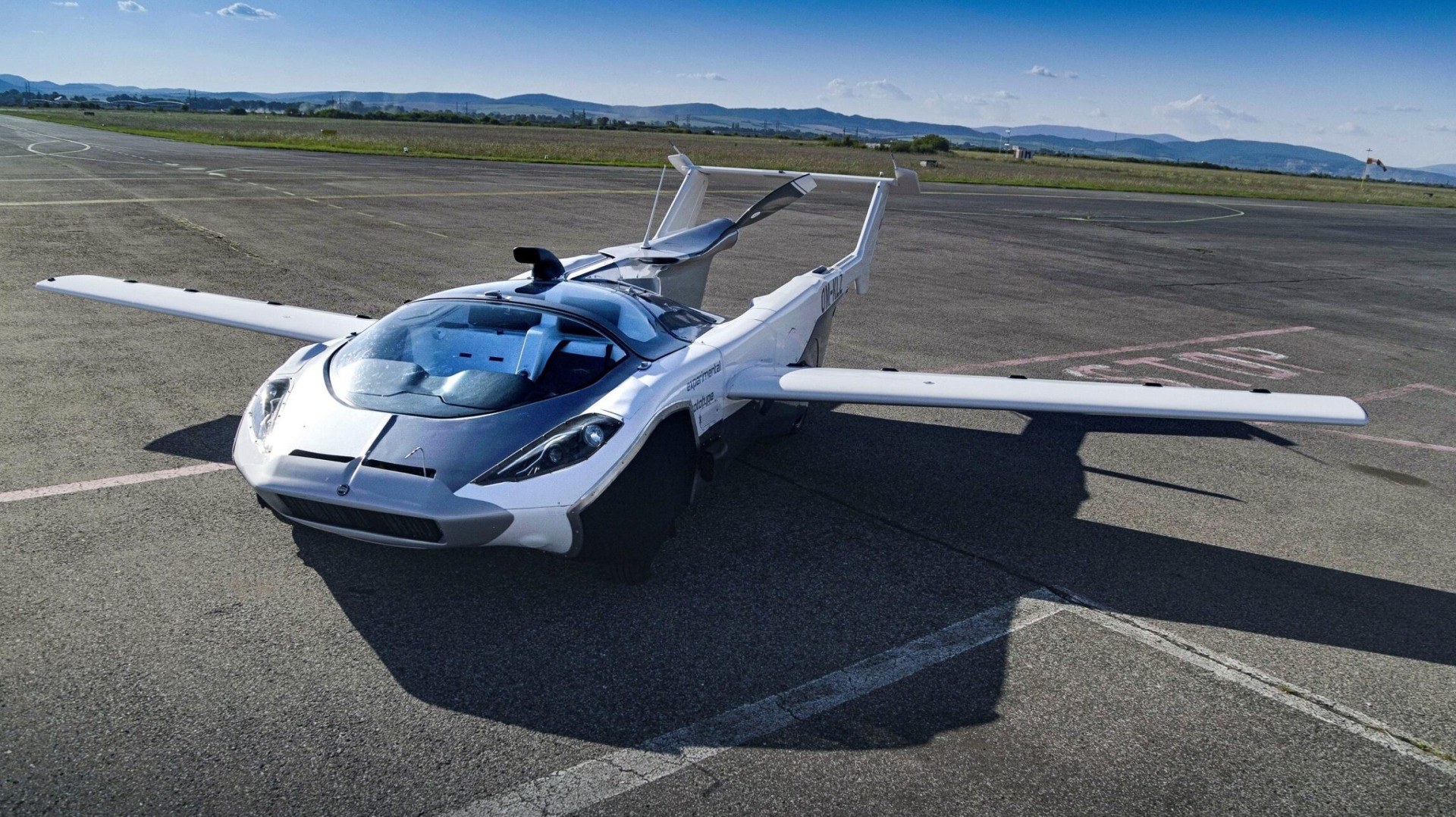
Air Traffic Management
Integrating flying cars into existing airspace systems poses significant challenges in air traffic management. Ensuring the safe coexistence of conventional aircraft, drones, and flying cars requires the development of robust communication and navigation systems. Cooperation between aviation authorities, technology providers, and regulators is crucial for establishing effective protocols and infrastructure to manage the complex airspace environment.
Cybersecurity Issues
As flying cars become increasingly reliant on software and connectivity, the risk of cybersecurity threats arises. Safeguarding against hacking, system breaches, and data privacy breaches is essential to ensure passenger safety and protect against potential malicious activities. Implementing strong cybersecurity measures and protocols will be critical to ensuring the integrity and privacy of the systems controlling flying cars.
Regulatory Framework
Comprehensive regulations and policies are essential to govern the use of flying cars. Balancing innovation and safety while addressing concerns related to privacy, noise pollution, and liability requires careful consideration. Collaboration between governments, regulatory bodies, and industry stakeholders is necessary to establish a robust regulatory framework that ensures the safe and responsible deployment of flying car technology.
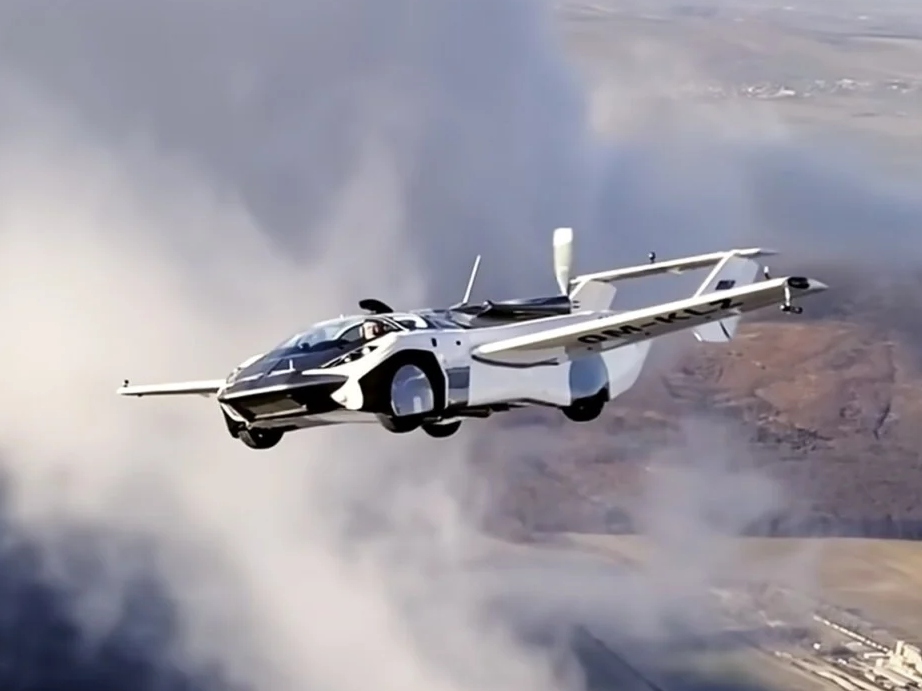
Innovative Tech Advancements Will Change the Automobile Industry
Continuous advancements in electric propulsion, battery technology, autonomous systems, and materials science will contribute to improving the performance, safety, and affordability of flying cars. Ongoing research and development are likely to lead to more efficient and environmentally friendly flying car models in the future.
Urban Air Mobility Ecosystems Will be Much Better
The successful integration of flying cars will involve the creation of urban air mobility ecosystems. This requires collaboration between vehicle manufacturers, infrastructure developers, air traffic control authorities, policymakers, and communities. Establishing a robust framework encompassing infrastructure, regulations, and public acceptance is essential for the widespread adoption and safe operation of flying cars.
Public Acceptance Won't be an Issue
Public acceptance plays a critical role in the successful integration of flying cars into society. Transparency regarding safety, privacy, and environmental impact is essential to fostering public confidence in this revolutionary mode of transportation. Effective communication and public engagement initiatives are vital for addressing concerns and gaining widespread acceptance and adoption of flying cars.
As we stand on the brink of a transportation revolution, it's clear that flying cars are coming soon, ushering in an era where the skies become highways, and our understanding of urban mobility takes flight.
Buckle up for a paradigm shift in transportation; the era of flying cars coming soon is upon us, offering a glimpse into a future where the sky is no longer a limit for daily commuting.
By addressing the needs for efficient mobility, accessibility, and emergency response, flying cars offer promising solutions to the challenges faced by current transportation systems. Overcoming significant hurdles related to infrastructure development, safety, and regulation will be essential. With careful risk management and continued technological advancements, flying cars could usher in a new era of transportation that is efficient, sustainable, and accessible to all. The realization of this futuristic vision depends on collaborative efforts between industry, government, and society as we work together to turn this remarkable concept into a tangible reality.
Ahmed Banafa is an expert in new tech with appearances on ABC, NBC , CBS, FOX TV and radio stations. He served as a professor, academic advisor and coordinator at well-known American universities and colleges. His researches are featured on Forbes, MIT Technology Review, ComputerWorld and Techonomy. He published over 100 articles about the internet of things, blockchain, artificial intelligence, cloud computing and big data. His research papers are used in many patents, numerous thesis and conferences. He is also a guest speaker at international technology conferences. He is the recipient of several awards, including Distinguished Tenured Staff Award, Instructor of the year and Certificate of Honor from the City and County of San Francisco. Ahmed studied cyber security at Harvard University. He is the author of the book: Secure and Smart Internet of Things Using Blockchain and AI.
Leave your comments
Post comment as a guest